English, 15th century.
Measures 30 x 15 x 8cm excluding the velvet base, 34.5cm including base.
The oak sculpture portrays a an elephant wading through thick foliage, a decorative piece of fabric draped across its back supports a castle turret, upon which is carved a cross. The reverse is carved with a profusion of flower heads and leafy tendrils.
The image of an elephant carrying warriors in a howdah originated from Alexander the Great's battle against King Porus's war elephants at the Battle of Hydaspes in 326 BC. This motif became widely known in European art through the spread of Bestiaries which were medieval texts combining natural history with moralising Christian stories. One of the most well known was Matthew Paris’s imagined depictions of elephants, most notable in this case is his war elephant illustrated in Chronica maiora II, circa 1240 - 1255 (Cambridge, Corpus Christi College, MS 016II). Another well known manuscript - The Rochester Bestiary, circa 1230–1240 (British Library, London, Royal MS 12 F.xiii) contains a miniature with a war elephant in the midst of battle, above another image of elephants supposedly in their natural habitat. Since very few live elephants were seen in Europe during the medieval period, their representations were often more imaginative than realistic. The current carving of an elephant was undoubtedly created by a craftsman who had never seen one in real life.
The closest comparisons and almost certainly from the same Church, by the same carver and judging by the velvet mounting, in the collection of the same 19th century antiquary were sold by Sotheby’s, London, Haute Epoque
29th October 2008, lot number 336.
Other Medieval bench end carvings in English churches are known, amongst them are:
St Peter and St Paul, Tuttington, Norfolk.
St Andrew, South Lopham, Norfolk.
St Edmund, South Burlingham, Norfolk.
St Andrew, Holme Hale, Norfolk.
Elephants can also be found on misericords some examples can be found at:
Cathedral Church of Saint Peter, Exeter.
Cathedral Church of St Peter, Gloucester.
St Mary's Church, Beverley.
Links;
https://www.sothebys.com/en/auctions/ecatalogue/2008/haute-epoque-l08312/lot.336.html
https://tuttington.org/community/st-peter-st-paul/
http://www.norfolkchurches.co.uk/burlinghamstedmund/burlinghamstedmund.htm
https://parker.stanford.edu/parker/catalog/qt808nj0703
https://misericords.co.uk/beverley_sm.html
https://misericords.co.uk/exeter.html
https://misericords.co.uk/gloucester.html




























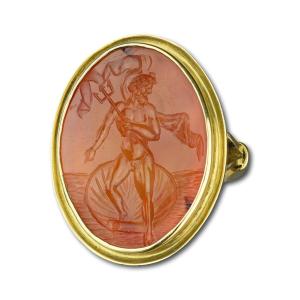
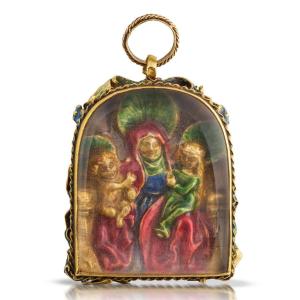
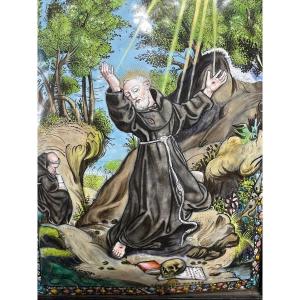




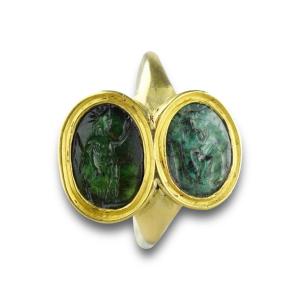







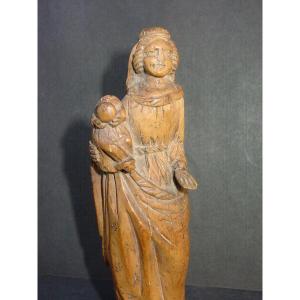
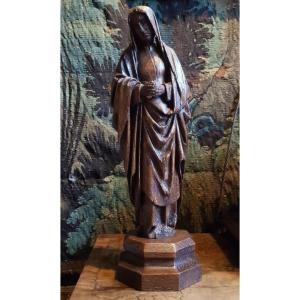
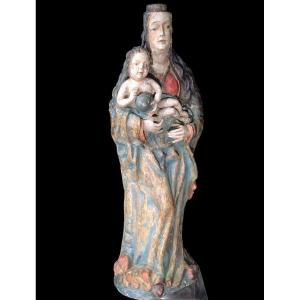




 Le Magazine de PROANTIC
Le Magazine de PROANTIC TRÉSORS Magazine
TRÉSORS Magazine Rivista Artiquariato
Rivista Artiquariato